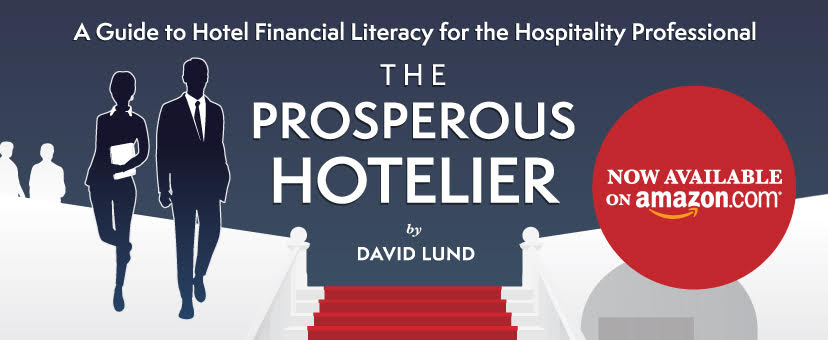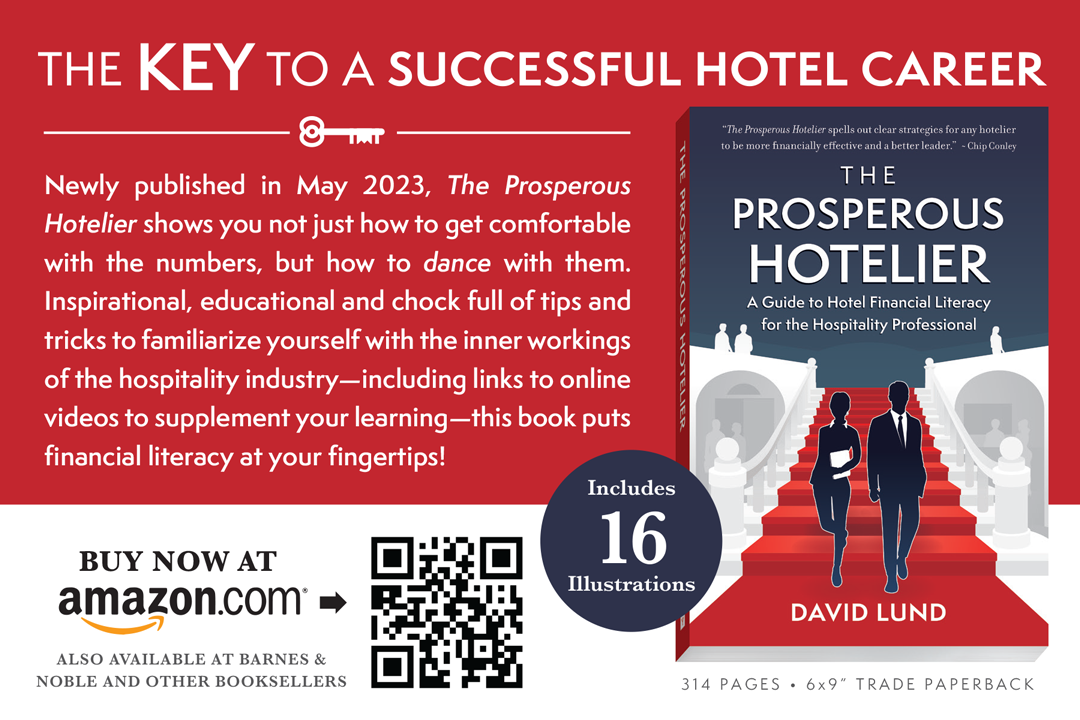As I have said in many of my earlier posts, Food and Beverage is special. And I mean that with all sincerity because it’s an integral part of our business especially with a full service offering. However, there are challenges that we need to overcome and one big one is how to report the profit and loss activity so that it is as meaningful as possible. I say “possible” because there are no absolute methods to get 100% of the picture that really work.
Many try to get and stay on top of their costs and payroll and that’s the right thing to do. The reality is that it’s never going to be perfect. It’s not going to be perfect because we have a much bigger challenge in F&B because we’re dealing with multiple revenue centers at the same time that share resources at various different levels. The outlets share cost of sales in the form of food and beverage, they share behind the scenes payroll, like kitchens, cleaning and administration and they share expenses. In order to best understand this challenge one needs two things that rarely come from the same package.
A solid understanding of operations, both in the front and back of the house and the knowledge of how the accounting system works and its inherent limitations with multiple outlets and a continuous moving picture.
In this piece I am going to tackle expenses and lay out the cleanest and most efficient way to record your monthly consumption. I say cleanest because it’s not without a little mess and, quite frankly, in hospitality that’s the way it is, so it’s in good company. I wrote a similar piece on the best way to manage and record food cost here. This piece is actually the most straight forward and, as mentioned above, it’s on expenses.
The best way to manage and record your F&B expenses is to adopt a top-down approach that has you classifying all your expenses as either direct or allocated.
Direct expenses go to the outlet they are for, straight from the invoice or from the balance sheet. These are expenses that are not shared amongst the other outlets. Straight from the invoice would be items like outlet-specific entertainment, licenses, specific menu printing costs, paper goods for that outlet, a specific night cleaning contract, outlet-specialized equipment purchases or repairs. I think you get the picture. From the balance sheet would be items like china, glass, uniforms, linen or silverware that are unique and specific to that outlet, like a china pattern only to be used in our fine dining restaurant. These items must be only used in that outlet to qualify and pass the test as truly direct.
Allocated expenses are best used to capture costs for the F&B operation that are used and benefit all outlets. Some great examples are water glasses, paper goods, cleaning supplies, laundry costs, standard napkins, generic printing and stationery, training costs, guest supplies, and uniform cleaning. The costs for these items goes everywhere in your F&B operation and the effort and costs to track it all down is a waste of resources, so get on with it. The allocations work by having a temporary account on the balance sheet that gets these invoices posted to it during the month. At month-end the balance of all of these accounts gets cleared out and completely allocated to each outlet using a pre-described consistent method such as the food revenue mix. So, if the all-day restaurant generates 20% of the food revenue this month it gets 20% of the allocated expenses plus its direct costs.
Like I said in the beginning, this is a compromise setup because we don’t know exactly what-when-where, and this drives some people crazy. We have to remember that the hotel and especially the F&B operation are alive and constantly moving. Even if you could do it, the resources you would need to nail down every little expense’s movement is not practical and certainly not cost effective. Imagine if you had a squad of cost control people who attempted this only to find out that many items you issued to one outlet inadvertently end up in another outlet due to a 1000 different reasons. That’s the hotel reality; it’s not a stand-alone operation like a single restaurant or bar.
The best way to get and stay on top of your expenses is to have an owner for every P&L account in every department and this is especially true in F&B because of the multiple outlet and revenue center setup. In front of this you want to ensure your operation has strong purchasing and receiving controls and good separation of duties established.
F&B expenses are normally rather small at less than 10% of revenues, not insignificant but not huge like payroll or cost of goods so an efficient system to distribute the expenses is what you want on top of solid internal controls.
Remember KISS, Keep it simple stupid.
Purchase on Amazon in paperback, hardcover or Kindle format
Complimentary Discovery Call – https://calendly.com/hotelfinancialcoach/introduction
Video Course:
https://www.tourismworks.ca
Be sure to check out my other services on the links below.
Strategic Hospitality Financial Leadership Workshops
The 3 Month 1-1 Financial Leadership Mentoring Program
Hotel Accounting Policy Manuals
Hotel Asset Management Program
415 696 9593 – Cell or Text
Read a Story About How I Helped a Client
Give the coach a call today and let’s get going!
If you would like a copy of the following send me an email at
-
Rooms Productivity Spreadsheet
Visit my website today for The Prosperous Hotelier Book Sample Chapters
The Prosperous Hotelier: A Guide to Hotel Financial Literacy for the Hospitality Professional
www.hotelfinancialcoach.com



